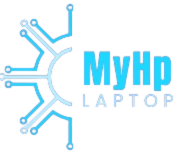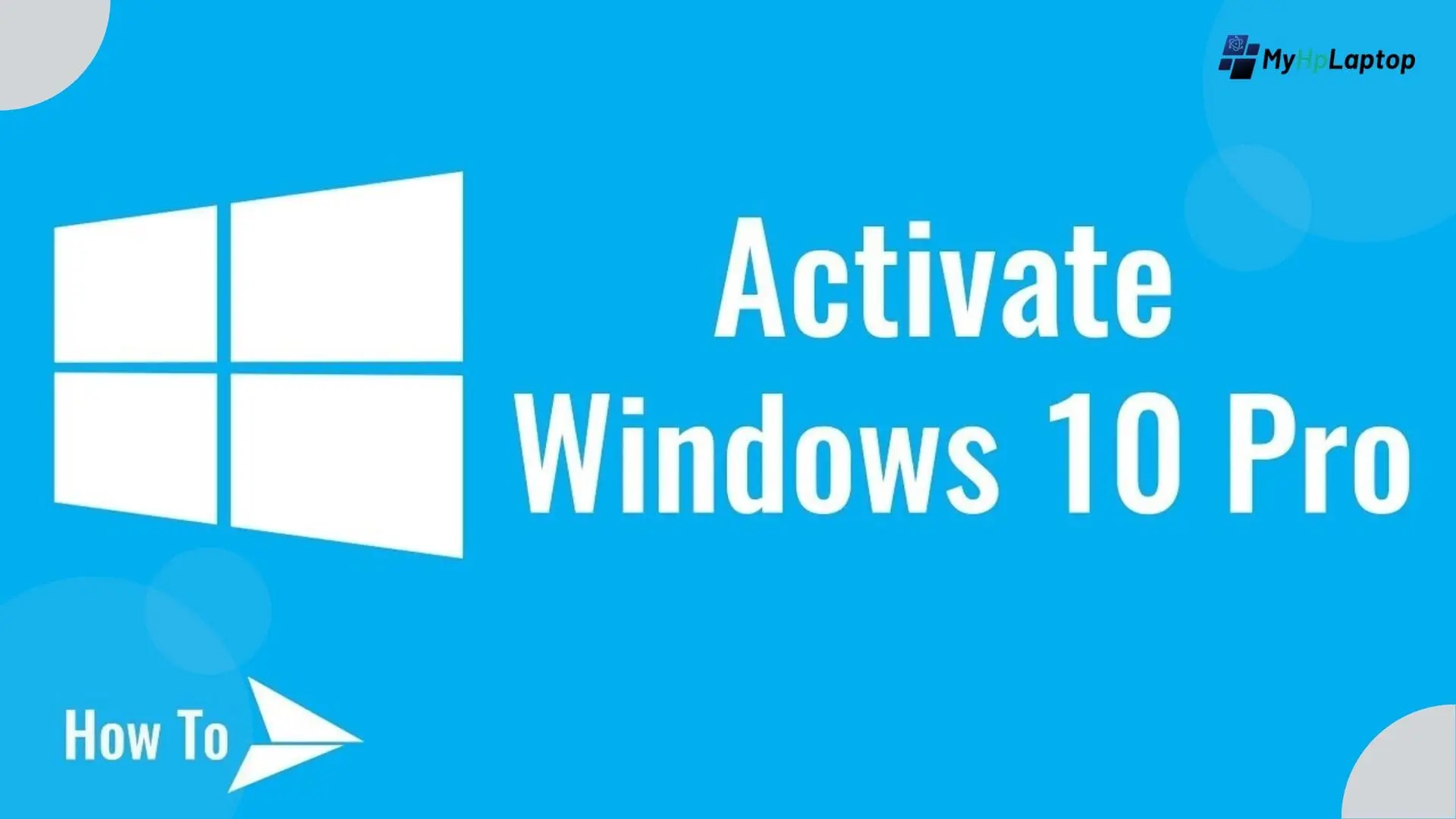Introduction
Are you tired of staring at a sluggish screen, wondering how to make my HP laptop faster? If you’ve been grappling with an aging HP, Acer, or even an Alienware laptop that’s seen better days, this guide is your beacon of hope. ‘How to speed up an older laptop’ is a common query, and this article is tailored precisely to answer that.
From cleaning up to hardware upgrades like SSD installations, we’ll explore tried-and-true methods to elevate your laptop’s performance. If your laptop is reminiscent of a slow Windows 7 computer or simply struggles to keep up, fear not. Dive into these comprehensive steps to revitalize your device and bid farewell to frustratingly slow experiences.
Identifying the Causes of Slowness
Before diving into solutions on how to make my HP laptop faster, it’s crucial to pinpoint the culprits behind its sluggishness. ‘How to speed up an old laptop’ often begins with understanding the root causes of its slow performance.

Issues like cluttered hard drives, excessive startup programs, and outdated hardware can significantly impact your laptop’s speed. Additionally, factors such as insufficient RAM or an overloaded system can make an HP or Acer laptop run slower than desired.
By diagnosing these underlying issues, you pave the way for targeted solutions to transform your slow, laggy laptop into a nimble, efficient machine.
Also Read: HP Laptop Stuck on Loading Screen
Checking System Specifications
Understanding your HP laptop’s specifications is essential for optimizing its performance. Follow these steps to check your system specifications:
- Using System Information:
- Press the Windows key + R to open the Run dialog box.
- Type “msinfo32” and press Enter to open System Information of your Laptop.
- View System Details:
- In System Information, find details about your laptop’s hardware components, including CPU, RAM, and storage.
- Checking Device Manager:
- Right-click on the Start menu of your laptop and select “Device Manager.”
- Expand categories to view specific hardware components like display adapters or network adapters.
- Accessing BIOS/UEFI:
- Restart your laptop and enter BIOS/UEFI by pressing a specific key during startup (commonly Esc, F2, or Del).
- Find additional hardware information, firmware version, and configuration settings.
Understanding your laptop’s specifications helps identify hardware limitations and compatibility for upgrades or optimizations. This knowledge contributes to Making Your HP Laptop Faster by tailoring optimizations to your system’s capabilities.
10 Ways to Make My HP Laptop Faster
Check for System Updates

Keeping your HP laptop updated is crucial for optimal performance. Follow these steps to ensure your laptop is up-to-date:
- Windows Updates:
- Click on the Start menu and select “Settings” in your laptop.
- Go to “Update & Security” and click on “Windows Update.”
- Check for Updates:
- Click on “Check for updates” to see available updates for your system.
- If updates are available, click “Download” and “Install.”
- HP Support Assistant (if available):
- Open the HP Support Assistant application on your laptop.
- Check for available updates for drivers and software specific to your HP laptop.
- Install Updates:
- Follow on-screen instructions to install the updates.
- Restart your laptop if required to complete the installation.
Regularly updating your HP laptop ensures it has the latest security patches, bug fixes, and performance improvements. This aligns with your goal of Making Your HP Laptop Faster by keeping the system optimized and up-to-date.
Uninstall unnecessary programs

Over time, your HP laptop might accumulate a collection of programs and applications that are no longer needed. These unnecessary programs take up space and may run background processes that affect your laptop’s performance. Uninstalling them is a simple yet effective way to declutter your system and boost its speed. Follow these steps to identify and uninstall unnecessary programs from your HP laptop:
- Access Programs and Features:
- Navigate to the Control Panel or Settings on your HP laptop.
- Look for “Programs” or “Apps” and select “Uninstall a program” or “Apps & features.”
- Identify Unnecessary Programs:
- Review the list of installed programs.
- Identify programs you no longer use or need.
- Uninstall Un-necessary Programs:
- Select the program which you want to remove and click “Uninstall”.
- Follow the screen instructions to complete the un-installation process.
Removing these un-necessary programs from your laptop frees up space on your hard drive and reduces background processes, contributing to a faster and more efficient HP laptop. It aligns directly with your goal of Making Your HP Laptop Faster by optimizing its resources.
Manage Startup Programs

Startup programs can significantly impact your HP laptop’s boot time and overall performance. Streamline startup by following these steps:
- Access Task Manager:
- Right-click on the taskbar and select “Task Manager” or use Ctrl + Shift + Esc.
- Click on the “Startup” tab.
- Identify Startup Programs:
- Review the list of programs that set to launch at the startup of laptop.
- Identify programs that are unnecessary for startup.
- Disable Unnecessary Programs:
- Right-click on the program and select “Disable” for each unnecessary startup item.
- Be careful and avoid disabling intial system processes.
- Use HP Specific Tools (if available):
- Explore HP-specific software that allows managing startup items.
- Some HP utilities might offer a user-friendly interface for controlling startup programs.
- Restart Your Laptop:
- Restart your laptop to apply the changes.
- Notice the improved boot time and streamlined startup process.
Managing startup programs helps reduce the load on your HP laptop during startup, resulting in faster boot times and smoother performance. This aligns with your goal of Making Your HP Laptop Faster by optimizing its startup processes
Clearing Disk Space

A cluttered hard drive can hinder your HP laptop’s performance. Free up your laptop disk space by following these steps:
- Disk Cleanup Tool:
- Open File Explorer, right-click on the disk you want to clean (usually C:), and select “Properties.”
- Click on “Disk Cleanup” to open the tool of laptop.
- Select Files to Delete:
- Disk Cleanup will calculate the space you can easily free up to make laptop faster. Check boxes for files like Temporary files, Recycle Bin, and Thumbnails.
- Initiate Cleanup:
- Click “OK” to start the cleanup process.
- Confirm the deletion of selected files.
- Uninstall Unused Programs:
- Navigate to Control Panel > Programs > Uninstall a Program of your laptop.
- Identify and uninstall programs you no longer need.
- Manually Remove Large Files:
- Identify large files taking up space.
- Delete or move large files to an external drive or cloud storage.
Clearing disk space increase your HP laptop’s speed and performance by providing more room for the operating system and applications to function propely. This aligns with your objective of Making Your HP Laptop Faster by optimizing storage resources.
Defragment your hard drive

Over time, files on your HP laptop’s hard drive can become fragmented, meaning they’re scattered in different locations, causing slower read and write speeds. Defragmenting your hard drive rearranges these fragmented files, optimizing their placement for quicker access and improving your laptop’s performance. Follow these steps to defragment your hard drive:
- Access Disk Defragmenter:
- Open the Start menu and search for “Defragment and Optimize Drives” of your laptop
- Select the drive which you want to defragment (usually C: drive) and click on “Optimize.”
- Initiate Defragmentation:
- Click “Optimize” or “Defragment” to start the process.
- Allow the tool to analyze and defragment the selected drive.
- Monitor Progress:
- Track the progress of the defragmentation process.
- Completion and Benefits:
- Once completed, the tool will display the fragmentation status.
- Defragmentation enhances data access speed, contributing to a faster HP laptop.
Regularly defragmenting your hard drive helps organize data more efficiently, resulting in improved performance and faster access to files. It aligns directly with your goal of Making Your HP Laptop Faster by optimizing the hard drive’s storage.
Delete temporary files

Temporary files can accumulate on your HP laptop over time, consuming valuable disk space and potentially slowing down system performance. There are the following steps to clear temporary files:
- Using Disk Cleanup Tool:
- Open File Explorer and right-click on the disk you want to clean (usually C:).
- Select “Properties” and click on “Disk Cleanup.”
- Select Temporary Files:
- Disk Cleanup will calculate space you can free up. Check the “Temporary files” option.
- Initiate Cleanup:
- Click “OK” to start the cleanup process.
- Confirm the deletion of temporary files when prompted.
- Manual Deletion:
- You can also manually delete temporary files from specific folders.
- Navigate to “C:\Windows\Temp” and “C:\Users\YourUsername\AppData\Local\Temp” and delete contents of your laptop.
Clearing temporary files frees up disk space, potentially enhancing your HP laptop’s speed and responsiveness. This aligns with your goal of Making Your HP Laptop Faster by eliminating unnecessary clutter.
Add more RAM

Increasing the Random Access Memory (RAM) in your HP laptop can significantly boost your laptop performance, specially when running multiple applications or handling resource-intensive tasks. Here’s how you can add more RAM to your HP laptop:
- Check Compatibility:
- Identify the type and maximum capacity of RAM your laptop supports.
- Refer to your laptop’s manual or visit the manufacturer’s website for compatibility details.
- Purchase Compatible RAM:
- Purchase additional RAM modules compatible with your laptop’s specifications.
- Ensure you acquire the correct type and size to match your laptop’s requirements.
- Prepare for Installation:
- Power off your HP laptop and disconnect all external devices.
- Locate and access the RAM slots on your laptop.
- Install the New RAM:
- Carefully insert the new RAM module into an available slot of your laptop.
- Apply gentle pressure until it clicks into place completely.
- Power Up and Verify:
- Power on your laptop to make sure the new RAM is recognized.
- Check the system properties to verify the increased RAM capacity.
Increasing your laptop’s RAM capacity provides more memory for applications to run smoothly, improving multitasking capabilities and overall performance. It directly supports your goal of Making Your HP Laptop Faster by enhancing its ability to handle demanding tasks efficiently.
Optimize Power Settings

Optimizing your power settings can significantly impact your HP laptop’s performance and battery life. Follow these steps to adjust power settings for better performance:
- Access Power Options:
- Go to the Control Panel or Settings on your HP laptop.
- Look for “Power Options” and select it.
- Choose a Power Plan:
- Select the power plan that emphasizes performance. Options are include “High Performance” or a custom plan.
- Customize Advanced Settings:
- Within the chosen power plan, access advanced settings.
- Adjust settings such as processor power management, display brightness, and sleep mode timers.
- Modify Plan Settings:
- Tweak plan settings to balance performance and energy conservation.
- Customize settings for when your laptop is plugged in or running on battery.
- Save Changes:
- Apply the changes and save your modified power plan.
Adjusting power settings allows you to fine-tune your laptop’s performance based on your usage, optimizing it for faster processing while managing energy consumption efficiently. This directly contributes to your objective of Making Your HP Laptop Faster.
Use Performance Optimization Tools

Optimizing the performance of your HP laptop can be simplified with the use of specialized tools designed for this purpose. Consider the following steps to leverage performance optimization tools:
- Research and Select Tools:
- Explore and research reputable performance optimization tools suitable for your HP laptop.
- Look for tools that offer features such as disk cleanup, registry cleaning, and system maintenance.
- Download and Install Selected Tools:
- Visit the official website of the chosen optimization tool.
- Download the software and follow the installation instructions.
- Perform System Scans and Optimizations:
- Launch the optimization tool and run a comprehensive scan of your laptop.
- Follow prompts to optimize system settings, clean up temporary files, and enhance performance.
- Regular Maintenance and Updates:
- Schedule regular scans and maintenance tasks using the optimization tool.
- Keep the software updated to ensure it includes the latest performance-enhancing features.
- Monitor Impact and Results:
- Observe the changes in your laptop’s performance after optimization.
- Monitor for improvements in speed, responsiveness, and overall system stability.
Utilizing performance optimization tools provides an efficient way to enhance your HP laptop’s performance by automating various optimization processes. This aligns with your objective of Making Your HP Laptop Faster by utilizing specialized software for system enhancements.
Final Tips
| Maintenance Tips | Recommendations |
|---|---|
| Regular Maintenance | Schedule regular maintenance tasks: Perform disk cleanup, defragmentation, and system updates to maintain optimal performance. |
| Backup Your Data | Prioritize data backup: Back up important files before making significant changes or optimizations to prevent data loss. |
| Avoid Overloading Startup | Limited startup programs: Reduce the number of programs launching at startup to improve boot-up speed and system performance. |
| Consider Hardware Upgrades Wisely | Evaluate hardware upgrades: Assess compatibility and alignment with your usage needs before considering RAM or SSD upgrades. |
| Use Caution with Optimization Tools | Choose reputable optimization tools: Be cautious with third-party tools, ensuring they’re reliable and avoiding unrealistic performance promises. |
| Seek Professional Assistance if Needed | Get professional help for persistent issues: Consider reaching out to HP support or a technician for complex performance problems. |
| Stay Informed | Continuous learning for optimization: Stay updated on the latest tips and advancements to further enhance your laptop’s performance. |
FAQs
- How often should I perform disk cleanup on my HP laptop?
- It’s recommended to perform disk cleanup every few months or whenever your laptop starts to feel sluggish. Regular maintenance helps keep your laptop running smoothly.
- Will adjusting power settings affect battery life on my HP laptop?
- Yes, adjusting power settings can impact battery life. Choosing a power plan optimized for performance may reduce battery longevity, while a balanced plan conserves power without compromising too much on performance.
- Can I upgrade the RAM on my HP laptop, and will it noticeably improve performance?
- Yes, upgrading RAM can noticeably improve performance, especially when multitasking or using memory-intensive applications. Check your laptop’s specifications to ensure compatibility before upgrading.
- Are third-party optimization tools safe to use on my HP laptop?
- Reputable and well-reviewed third-party optimization tools are generally safe to use. However, it’s essential to research and choose trusted software to avoid potential issues like malware or system instability.
- How can I identify if my HP laptop’s slowness is due to hardware or software issues?
- Using Task Manager to monitor resource usage can help identify software-related slowdowns caused by resource-hungry applications. Additionally, performing hardware checks or diagnostics can pinpoint hardware-related issues affecting performance.
Conclusion
Enhancing the performance of your HP laptop is within reach with a few simple yet effective strategies. By following the steps outlined in this guide, from clearing disk space to managing startup programs and checking for system updates, you can significantly boost your laptop’s speed and responsiveness.
Remember, regular maintenance is key. Periodically clearing clutter, optimizing power settings, and keeping software up-to-date ensure that your HP laptop operates at its best.
Moreover, understanding your laptop’s specifications, considering hardware upgrades wisely, and using reputable optimization tools can further elevate its performance and longevity.
By implementing these optimization techniques and staying informed about best practices, you’re not just Making Your HP Laptop Faster; you’re ensuring a smoother, more efficient, and enjoyable computing experience.
Here’s to a faster, more responsive HP laptop that aligns perfectly with your needs!




